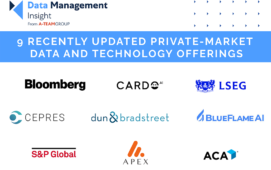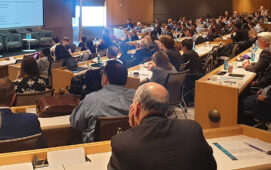Misys has responded to customer demand for help with trade reporting under European Market Infrastructure Regulation (EMIR) with Regulatory Reporting Service, a stand alone software-as-a-service (SaaS) solution, and an extension to its Confirmation Matching Service (CMS).
The company had previous experience of Dodd-Frank and EMIR reporting with its Opics banking product that is usually used on an installed basis, when it was approached in mid-2013 by corporate customers needing help to meet the February 12, 2014 EMIR compliance deadline.
Neil Macro, global sales director at Misys Global Managed Services, explains: “Time was very tight, but we managed to leverage the Opics technology and repackage it as a web based, hosted SaaS solution for buy-side customers in time to meet the reporting deadline.”
To date the Regualtory Reporting Service has secured 17 customers – 16 corporate customers and one fund manager. Macro expects plenty more to sign up when regulators begin to take a hard line with firms that are not compliant with EMIR and when firms that are using temporary or delegated solutions realise they are not necessarily suitable or scalable for the long term.
The service is initially reporting derivatives trades subject to EMIR to the Regis-TR trade repository, although Macro is planning to add connectivity to the DTCC repository some time this year and connectivity to any of the other four European repositories depending on customer demand.
As well as offering the Regulatory Reporting Service as a stand alone solution, Misys has integrated it with its post-trade CMS, also an SaaS solution. The CMS automatically feeds data to the Regulatory Reporting Service, with Misys data enrichment tools adding any additional data that is required for EMIR reporting.
Macro says: “We have about 400 corporate customers using CMS in Europe. They saw us as a trusted partner and asked us to send on the necessary data for EMIR reporting to a trade repository. So we integrated CMS and the reporting service. Corporate customers of the CMS provide data for about 10 to 15 fields and we enrich that using, for example, static data like legal entity identifiers, to send 70 to 80 fields to the trade repository.”
The company says the majority of Regulatory Reporting Service users are taking the CMS route, although those with internal trading operations are more likely to use both the CMS route and direct access to the reporting service for internal trades that are not confirmed on the CMS. Going forward, Macro expects both CMS and new customers to adopt the Regulatory Reporting Service with its delivery as an SaaS solution appealing to not only buy-side firms, but also small and mid-tier banks that must comply with EMIR.
Subscribe to our newsletter




